Opinion: Dress code sends wrong message
September 7, 2016
Public school dress codes have been a topic of controversy over the past couple of years. They have been accused of disproportionately targeting girls and young women, as the number of rules regarding what males can wear is considerably smaller than the number of rules regarding what females can wear.
School dress codes have been considered by many to help foster a “rape culture” in schools, an environment in which the consensus is that girls should avoid rape by changing how they act, rather than authorities targeting would-be sexual abusers.
In the Gloucester High School Compass, the dress code prohibits 12 different types of clothing. 6 of those articles of clothing are typically female-exclusive attire, while another 5 are typically gender neutral. 1 out of the 12 listed items, the “muscle shirts” can be considered male-exclusive.
Approximately 50 percent of the student body at GHS are males, yet only 8 percent of the dress code exclusively and explicitly affects them. The fact that the dress code is so targeted towards the young women in our school reflects a disturbing undercurrent of misogyny in our school system and society.
The disturbing message that a controlling dress code sends is that young women must change the way they act and dress to shield themselves from unwanted attention.
The message that girls must alter their behavior to allow men to feel comfortable clearly shows girls, and young women, that their education takes a backseat to the comfort of privileged men.
By telling young women to cover up shoulders and bra straps and stomachs, you are showing them that their bodies will always be sexualized by authorities and those in control. By telling young women to hide their bodily features, you are implying that they should hide from the unwanted attention of predatory men and allow their more revealed peers to be harassed, scrutinized, and abused.
Instead of forcing girls and women to cover body parts that are unnecessarily sexualized, we should teach men and boys to keep their eyes and hands to themselves. Women are disproportionately affected by a dress code that promotes a disturbing undercurrent of misogyny in our school.
If females are truly equal with males, then the dress code should be lightened so that girls can feel comfortable and not have their freedom of expression restricted.


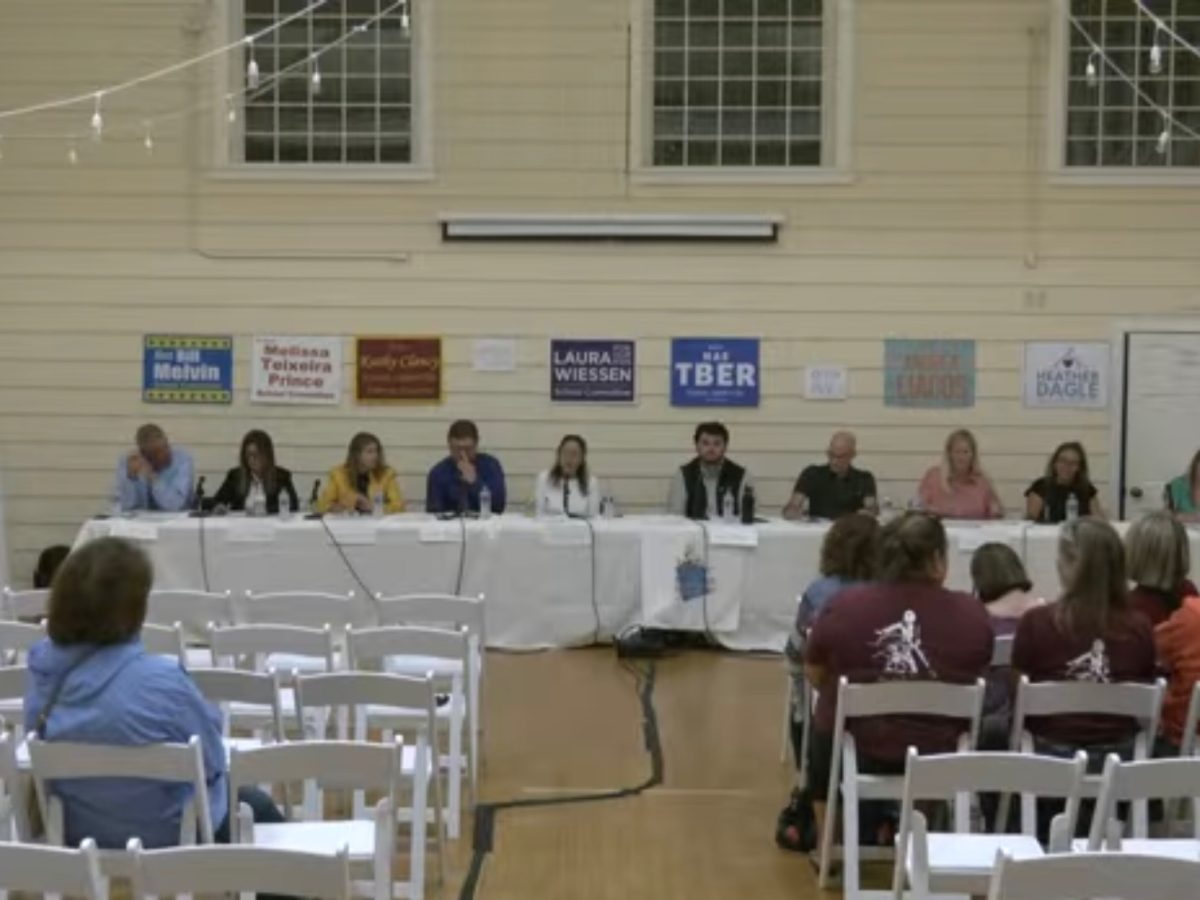
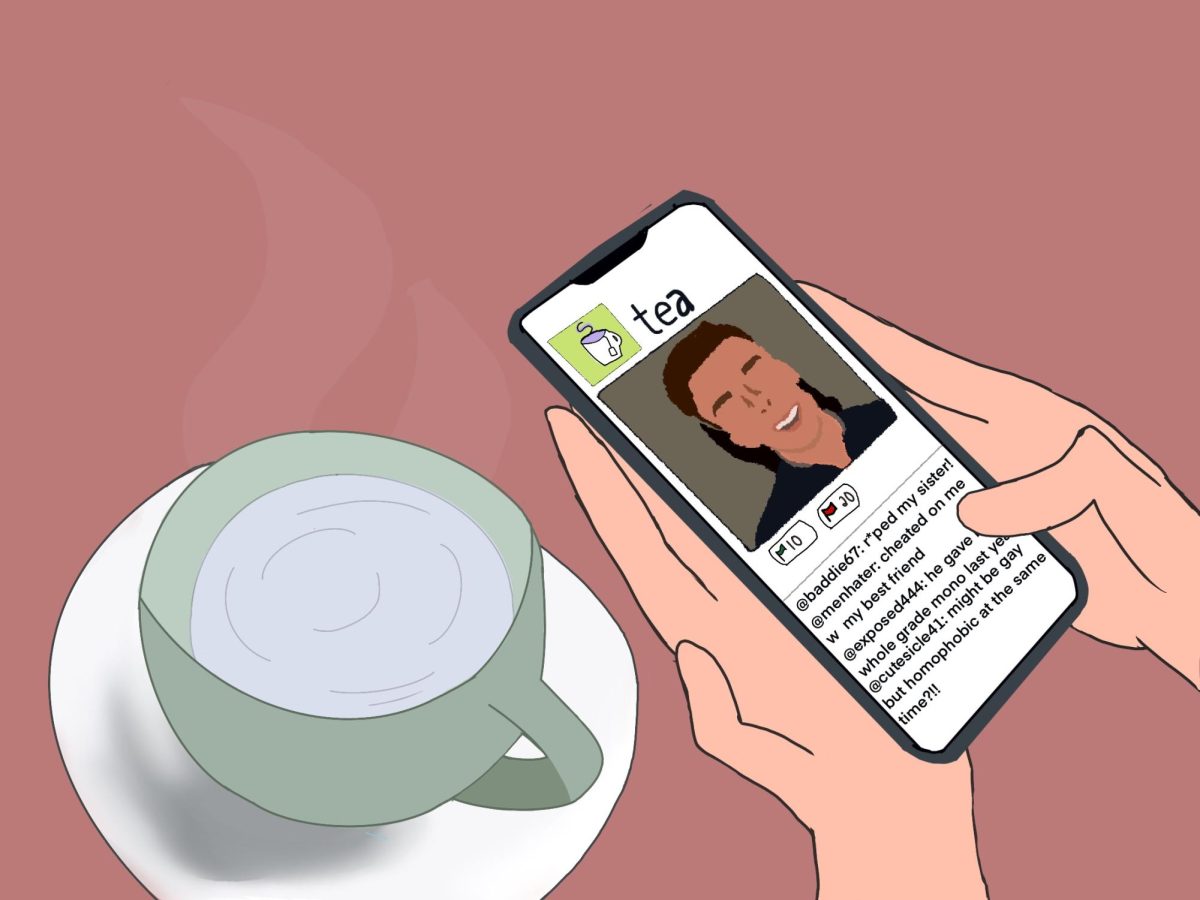







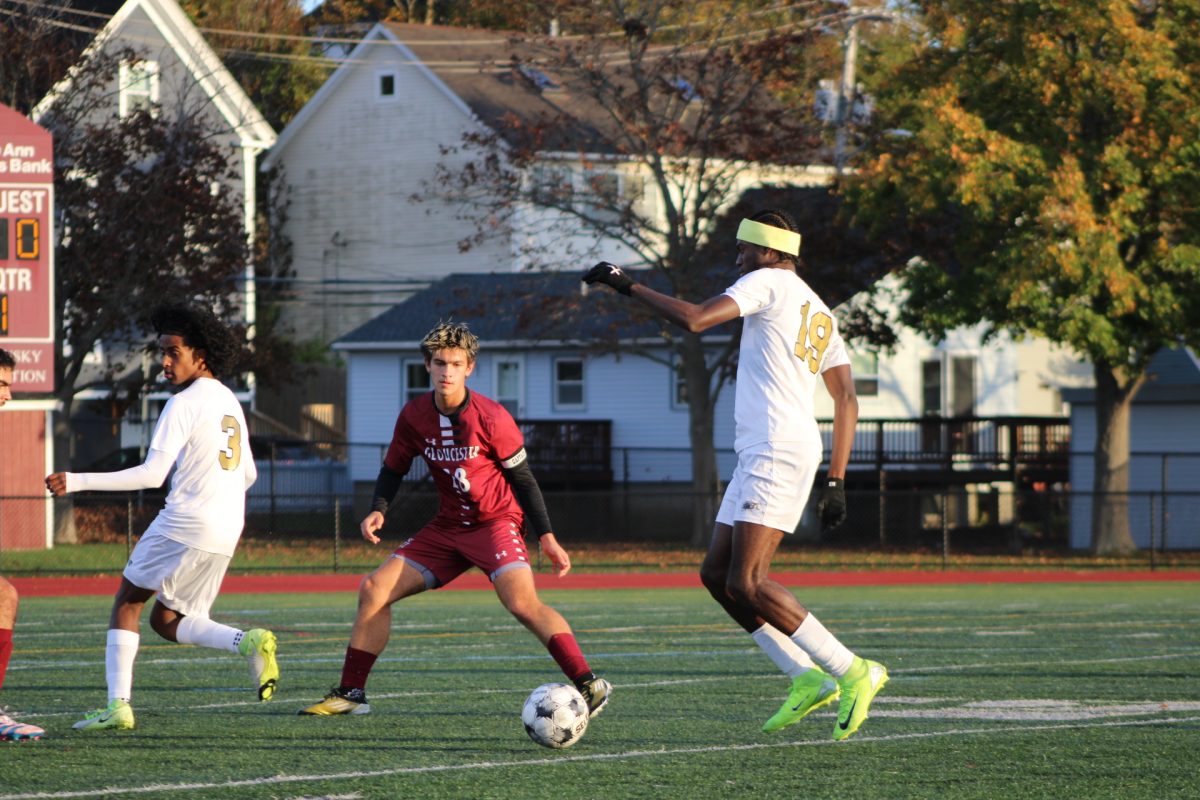
![The Volleyball team poses after their win. [Photo courtesy of GHS Volleyball]](https://thegillnetter.com/wp-content/uploads/2025/10/IMG_6936.jpg)
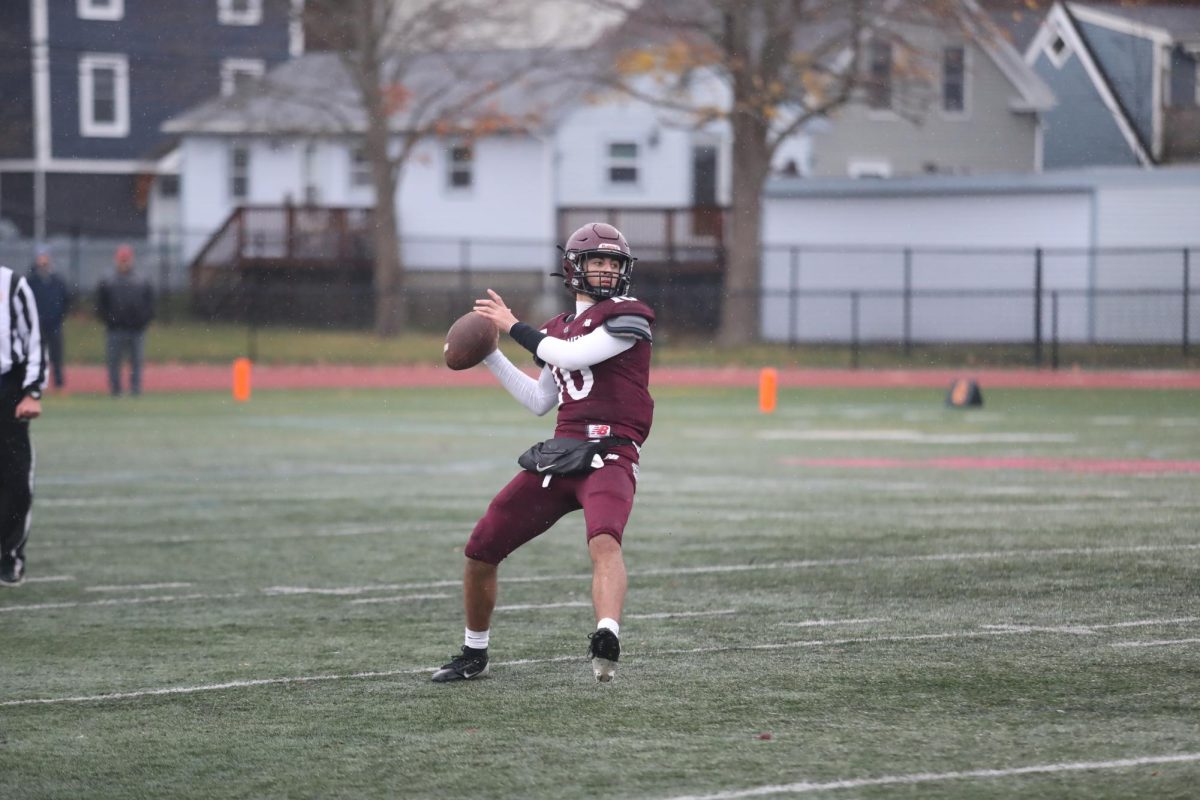

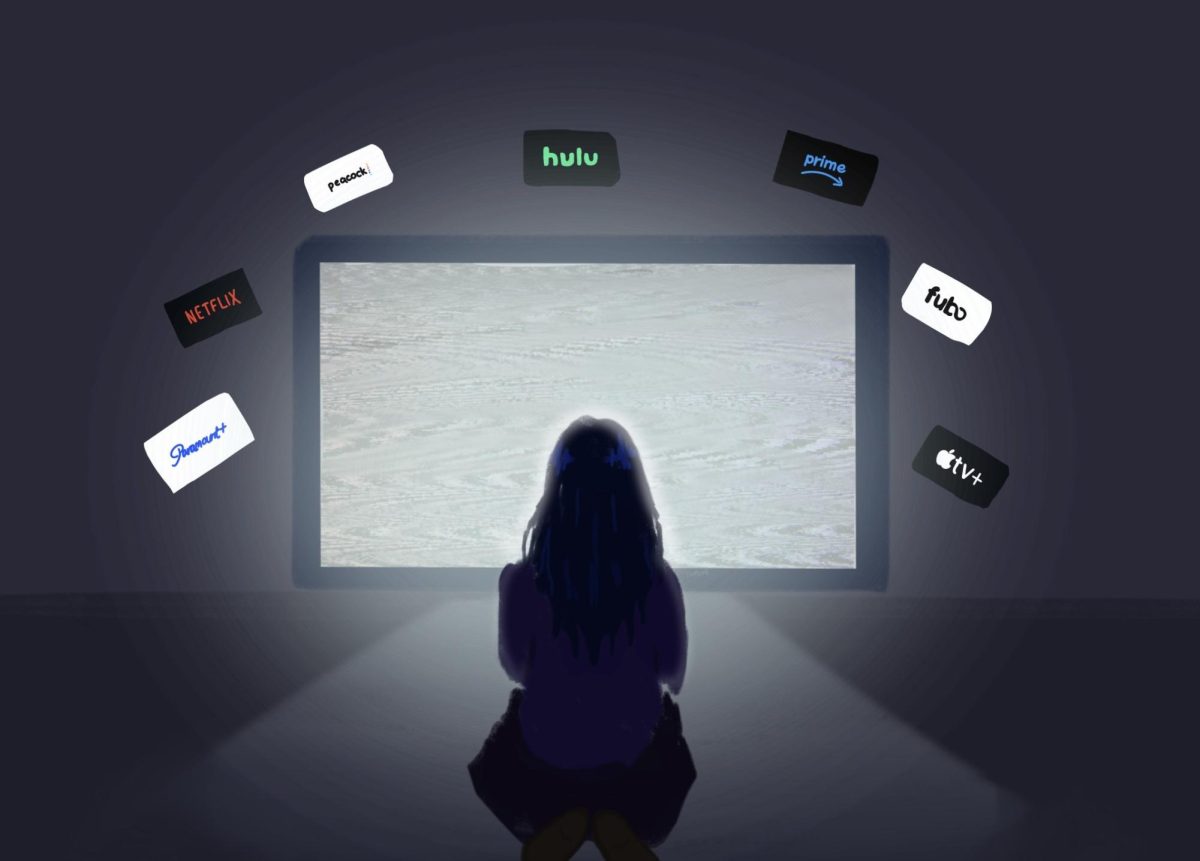














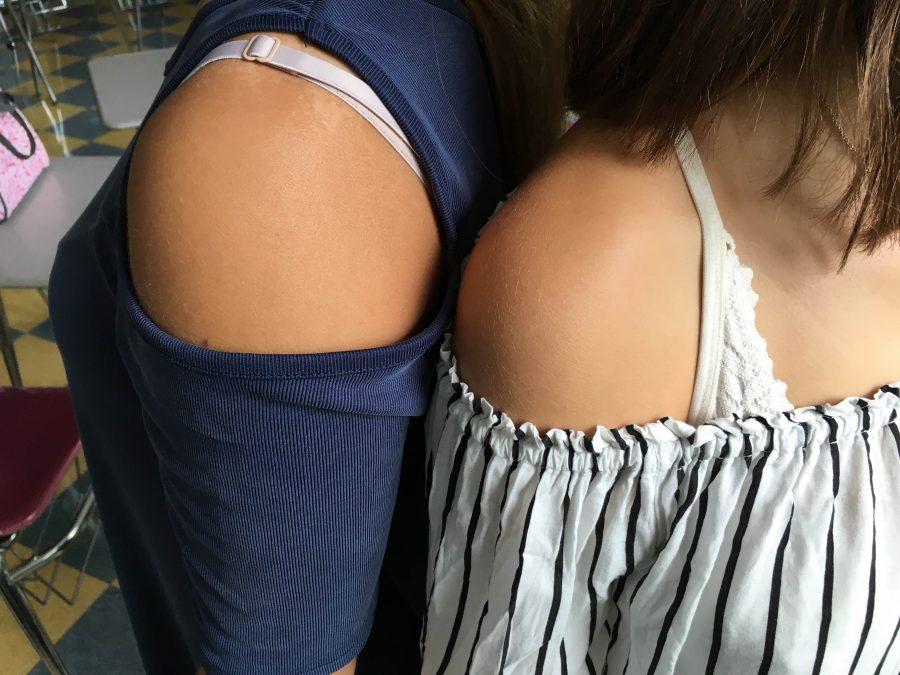


Jillian McGrathy • Sep 9, 2016 at 3:37 pm
When people say that being dress coded distracts others from learning it most definitely distracts myself. The silly people who say it doesn’t promote healthy education purposely call me down to the office so I can be scolded, wait for my parent to show up for approximately one hour, and therefore I am the one who’s not getting the education. The people who are dress coded are the ones losing out, so why take away their education over a simple shoulder being exposed? Why? Do we really want students to miss out on their learning time over a silly issue like this? Especially if it’s halfway through the day?
Bob • Sep 8, 2016 at 4:00 pm
First off, this is today’s culture: so deal with it. Every single woman on this planet shouldn’t have to feel ashamed to wear clothing they love. You can’t imagine how degrading it feels when someone walks up to you and tells you that you can’t wear a certain piece of clothing. Just when you feel confident enough to show off your style, someone plucks you out of a crowd of people (some who are even dressed similar to you) and decides what you are wearing is inappropriate. Obviously you would ask them why this is and they would say “your bra strap is too distracting”. Do you think any girl wants to have her bra straps show? A simple bra strap? Seriously? I don’t think many girls intentionally wear shirts with their bra straps showing just to “distract people”. I think they wear their bra straps because believe it or not, women actually need the support of bra straps to hold themselves up. Are you people trying to say that wearing a bra underneath a tank top is for anything else besides supporting a women’s breasts? And no I’m not saying that a girl should be allowed to wear only bra to school or to wear just a bikini. I’m saying that women need bras for support, and a mere bra strap shouldn’t be an unearthly thing for someone who is 14 or older to see. It also shouldn’t become distracting or innapropate because bras are something all women wear. Thank you for this eye opening article that every school teacher should see. Things need to change.
Ellen Byrne • Sep 8, 2016 at 10:26 am
I agree 100% with Cliodhna Anderson’s well written, sensible response.
This in particular ” The fact that there are more restrictions on girls’ clothes than boys’ clothes is an attempt of the school environment to beat back the cultural trend of more and more revealing clothing for girls and young women while men’s clothes remains more or less standard. If you are angry about the discrepancy, send your ire towards our culture and its commercialization of the female body, rather than towards our schools which are trying to use the few tools they have to make a bad situation less worse…”
Spot on.
Steve Ludwick • Sep 8, 2016 at 5:50 am
Sounds like the Puritans never left us. It’s ironic we look upon the Muslim code of dress for women as archaic and even contemptible. Yet a girl in high school can’t be herself or feel like herself and wear modern styled clothing.
Ann Straccia • Sep 7, 2016 at 11:41 pm
Kudos! Well thought out and well written. Definitely a timely dialogue.
Cliodhna Anderson • Sep 7, 2016 at 10:17 pm
The other side of this argument is that our culture places a seriously heavy and unwieldy burden on women and girls to be pretty and sexy all the time, even when young and in school. Our culture sexualizes women and girls to think that it is “normal” and “cute” and “sexy” and “fun” to show bra straps and mid-sections and tight clothing in everyday attire, while men’s clothing is typically shown to be baggy and shapeless. It is not necessarily an indication of female freedom for women’s breasts to be tightly and revealingly clothed while men’s genitals are cloaked in layers of baggy shorts and boxer shorts and pants. Very recently published studies show that girls’ academic performance is negatively affected when wearing a bathing suit versus a sweater because of the insane focus on bodily appearance that our society places on women and young girls:
http://well.blogs.nytimes.com/2016/08/10/for-teenage-girls-swimsuit-season-never-ends/?_r=0
While we can all agree that the onus should be on men and boys to be responsible with respect to dealing with women and girls, this type of commentary can not be taken outside of the context of the media barrage to which young girls are exposed which indicates that a super-sexualized presentation is normal.
The fact that there are more restrictions on girls’ clothes than boys’ clothes is an attempt of the school environment to beat back the cultural trend of more and more revealing clothing for girls and young women while men’s clothes remains more or less standard. If you are angry about the discrepancy, send your ire towards our culture and its commercialization of the female body, rather than towards our schools which are trying to use the few tools they have to make a bad situation less worse…
Ellen Byrne • Sep 8, 2016 at 10:35 am
Excellent response, wish more parents understood this. The real issue isn’t school dress codes – it’s the constant barrage of messages from our media that tell our daughters they must, above all, be sexy, sexy, sexy!
We do we, as a society, accept this?
Cruz • Sep 9, 2016 at 8:30 am
I agree with C. Anderson.
We need to work on both: teaching males appropriate sexual behavior and boundaries, and females how to not be objectified and abused and vice versa. School dress code is very important. Students should not show up at school dressed as casually as if they were hanging out at the beach. There should be some measure of decorum. Because females are being over sexualized from a very early age, our clothes are a bigger offender. This is why I think school uniforms are great.